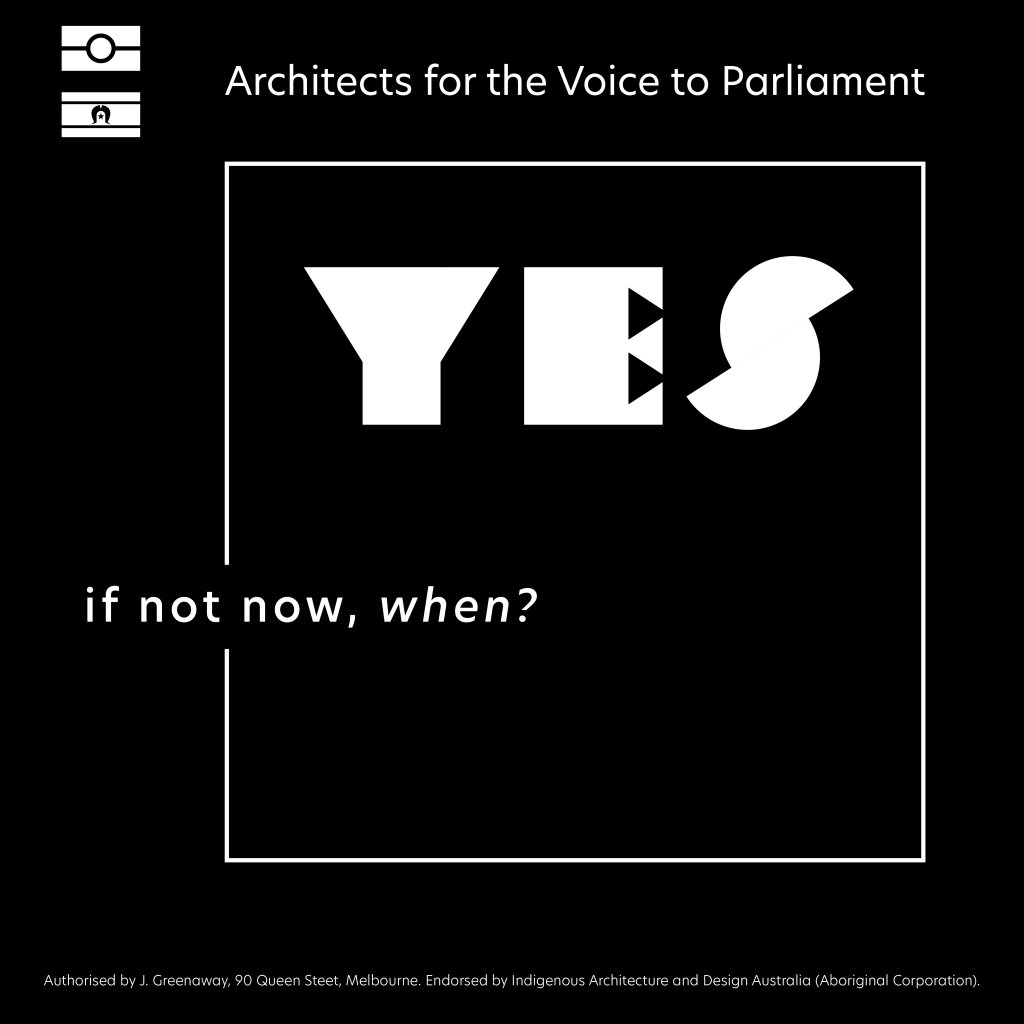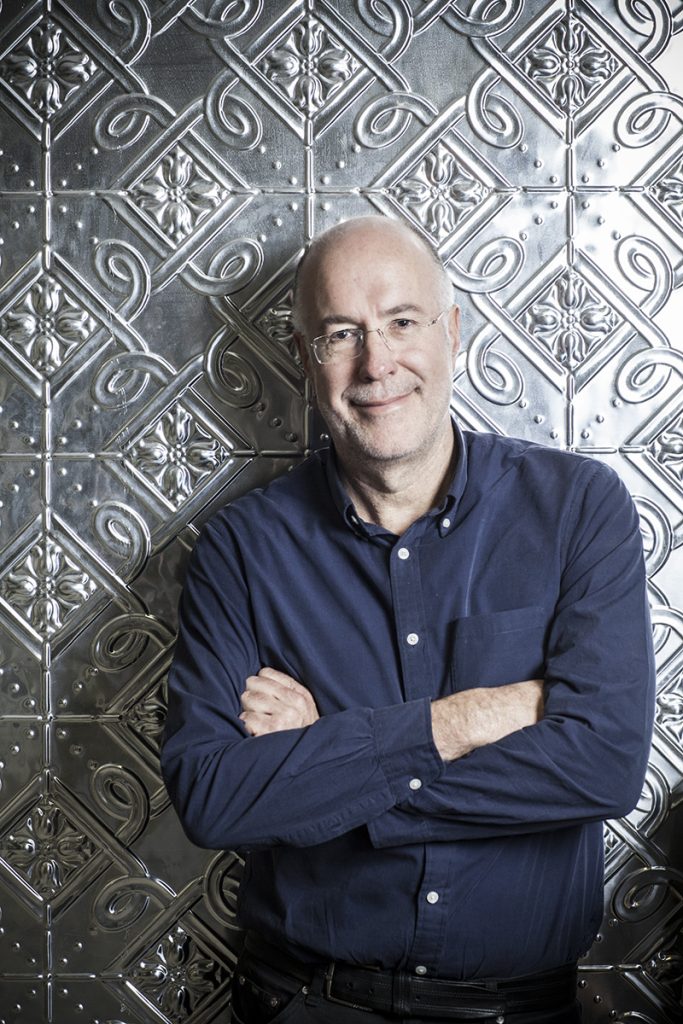
Architects unite in support of The Voice
Architects unite in support of The Voice
Share
Ahead of the referendum on 14 October, IDEA chairperson Rachel Nolan and numerous leading Australian architects are imploring those in the built environment profession to vote yes in support of an Aboriginal and Torres Strait Islander Voice to Parliament.
The referendum will ask Australian voters to declare their support in favour or against a proposed law to alter the Constitution to acknowledge First Nations communities by establishing a Voice to Parliament.
The Voice was first proposed in the Uluru Statement from the Heart by delegates from the First Nations National Constitution over five years ago on 26 May 2017. The event was held over four days near Uluru, Central Australia.
The statement requests an “establishment of a First Nations Voice enshrined in the Constitution and a Makarrata Commission to supervise a process of agreement-making and truth-telling about our history.”

A gift and privilege to architects and designers
Kennedy Nolan founding director and chairperson for IDEA 2023 Rachel Nolan is ever grateful and proud to say that Australia has the oldest continuous culture in the world.
She believes this “extraordinary fact” should galvanise into action nation-wide conversations among architects and designers regarding the immeasurable benefits of co-designing with Country.
“I feel so lucky that we are being offered an opportunity to work together and have this Voice embedded in our Constitution,” says Nolan.
If not now, when?
Greenaway Architects director and Indigenous Architecture and Design Australia co-founder Jefa Greenaway cites the Voice to Parliament as a once-in-a-generation “nation-building” opportunity to celebrate Australia’s “shared humanity.”
“The time is now to be on the right side of history – it is time for architects and the design profession to step up,” says Greenaway, whose late father Bert Groves was an instrumental figure in the campaign for the 1967 referendum.

Lyons director Carey Lyon shares Greenaway’s beliefs, underlining that the built environment profession has an obligation to participate in public discourse.
“You cannot pretend that this isn’t the most important public debate to be had in Australia for many decades – there has been 250 years of settler society in which a voice has not been adequately recognised,” he says.
Lyon says that voting yes is the most helpful and effective way for design professionals to communicate their solidarity and allyship and also pave the way for First Nations peoples to contribute meaningfully to the built environment in the future.
He labels the opportunity held by the built environment profession to engage with Country a “gift.”
“We need to be prepared to accept this gift through the Uluru Statement and work out what to do with it, not deny it,” he finishes.

Voting ‘no’ an unproductive and sobering regression
Greenaway laments a reality wherein the ‘no’ vote succeeds, as it would “set back the reconciliation agenda for an entire generation,” and render Australia “an international laughing stock.”
Fulcrum Agency co-founder and architect Emma Williamson adds that a ‘no’ vote would be a major hindrance to the golden opportunity to improve and strengthen relationships with First Nations people.
“It would make me feel like I would be living in a country that is racist, and I don’t think it reflects the views of the majority of young people, and they are our future,” says Williamson.

She is hopeful that a Voice to Parliament will encourage more First Nations people to work in the built environment profession.
Architects and designers are invited to show their support for a ‘Yes’ vote by following Architects for the Voice (@architectsforthevoice) on Instagram and sharing their ‘why’ using the hashtag #architectsforthevoice on their social media platforms.
Featured image supplied by Kennedy Nolan: IDEA 2023 Chairperson and Kennedy Nolan founding director Rachel Nolan.
Read Alison Page discuss how collaborating with Country has never been more relevant and crucial to design.
















